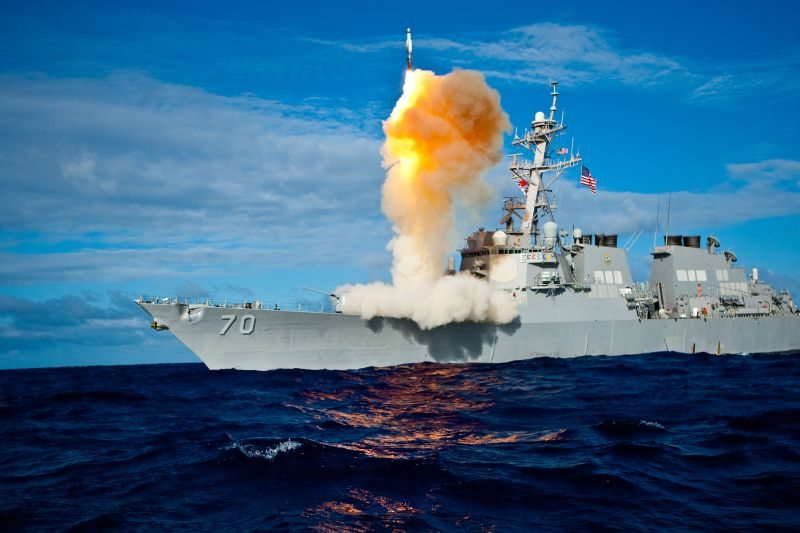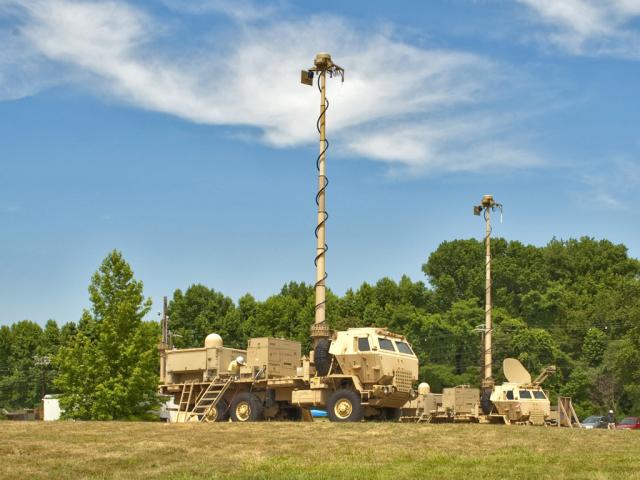The US military on Friday successfully conducted its “most challenging test to date” of a ballistic missile defense system it will deploy in Europe to counter an Iran missile threat, officials said.
“Initial indications are that all components performed as designed,” said the Pentagon’s Missile Defense Agency in a statement of the test over the Pacific Ocean in which the latest Aegis ballistic missile defense weapon system successfully intercepted an intermediate-range threat missile.
“The two demonstration Space Tracking and Surveillance Satellites, launched by MDA in 2009, successfully acquired the target missile, providing stereo ‘birth to death’ tracking of the target,” the agency added.
The ground- and sea-based defense system is meant to shield the United States and its European allies from a potential ballistic missile attack, possibly from North Korea or Iran.
The defense agency said the test “demonstrated the capability of the first phase of the European Phased Adaptive Approach announced by the president in September, 2009.”
The plan put forward by President Barack Obama 19 months ago envisions a mobile system of sea-based interceptors that would protect against short- and medium-range missiles from Iran, rather than Tehran’s yet-to-be-developed long-range arsenal.
The Pentagon scrapped an earlier plan — strongly opposed by Moscow — that would have seen US missile defense facilities deployed in Eastern Europe.
The Aegis system has suffered some high-profile setbacks in the form of multiple failed tests, including in December when an interceptor rocket meant to knock out incoming ballistic missiles failed its second test in a row.
Out of 15 tests of ground-based interceptors since 1999, seven have failed, the defense department noted at the time.
Friday’s test saw the ballistic missile target launched from an atoll in the Marshall Islands, some 2,300 miles (3,700 kilometers) southwest of Hawaii at 6:52 pm (0652 GMT).
US Navy sailors on the destroyer USS O’Kane launched an SM-3 Block IA missile approximately 11 minutes later, which released a kinetic warhead at target.
“The kinetic warhead acquired the target, diverted into its path, and, using only force of a direct impact, destroyed the threat in a ‘hit-to-kill’ intercept,” the agency said.











